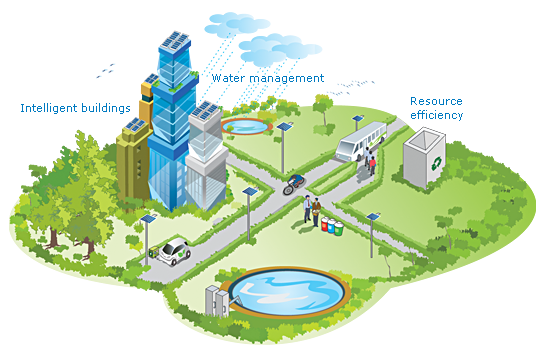 A pill, containing medicine
and a tiny digestible sensor
made from food ingredients
and capable of transmitting
wireless messages like a cellphone,
may soon help remind patients about missed drug
doses. Proteus Biomedical, a California-based
company pursuing intelligent health products, has
developed Ingestible Event Markers (IEM) – tiny,
digestible sensors activated by stomach fluids
after they are swallowed.
A pill, containing medicine
and a tiny digestible sensor
made from food ingredients
and capable of transmitting
wireless messages like a cellphone,
may soon help remind patients about missed drug
doses. Proteus Biomedical, a California-based
company pursuing intelligent health products, has
developed Ingestible Event Markers (IEM) – tiny,
digestible sensors activated by stomach fluids
after they are swallowed.
– The Telegraph, Calcutta, February 4, 2010
Can you close your eyes and think of everything
around you, yourself included, as a computer? This
would perhaps be the simplest way to convey the
idea of pervasive or ubiquitous computing. The term
Pervasive Computing was first popularized by Mark
Weiser in his seminal 1991 paper, ‘The Computer
for the 21st Century’, that described his vision of
ubiquitous computing. Weiser's version of Pervasive Computing related to the creation of environments
involving computing and communication capability,
which seamlessly integrated with end users.
Pervasive computing is one of the major pillars on
which tomorrow's enterprises are being built. By
turning nearly everything into a computing device,
pervasive computing is making it imperative for
enterprises to reach their end users through a
multitude of devices – both wired and wireless.
Users in turn are accessing content and applications
through multiple channels as well as social networks, resulting in an exponential growth of data that
need to be constantly monitored and analyzed.
Intelligent enterprises are drawing inferences as well
as key decision points by analyzing data about their
customers, competitors, vendors, markets, products
as well as services. Enterprises are able to garner
localized, specific intelligence using sensor networks, thereby enabling them to develop innovative products
and services that are better aligned to market needs.
As computer technology progresses further, virtually
everything, from the coffee mug to the human
body, can be embedded with a chip or sensor that
will record, store and provide data while integrating
with other devices and networks in real time. Justin-
time computing and storage using cloud-based
computing platforms and services are resulting in
commoditization of infrastructure thereby enabling enterprises to optimize computing and storage power.
We are working towards leveraging the Software
as a Service (SaaS) platform for our Finacle™ Core
Banking solution. This helps our banking clients that
operate in a specific geography or with a specific line
of function like deposit products. The implementation
mode promises easy deployment that is highly critical
for our banking clients venturing into new markets and
exploring additional avenues for business, with focused
product lines. |